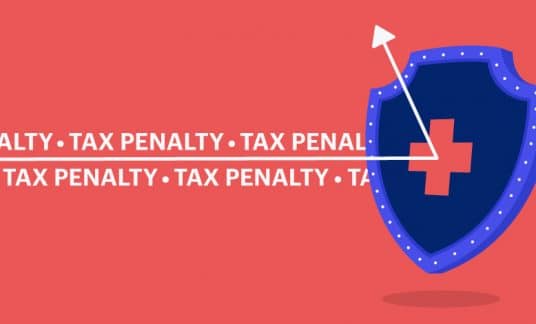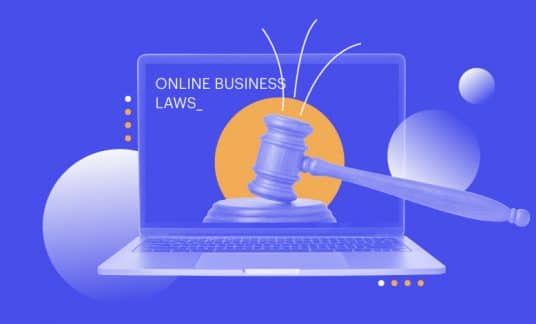Sometimes conventional loans aren’t the best option for a small business.
When sales are booming and you need every penny to bolster your inventory and buy more equipment, a working capital loan’s recurring payments can cut into cash flow, stunting growth.
The alternative? Payment in kind (PIK) loans.
What Is a PIK Loan?
While most typical loans require borrowers to make regular payments of principal and interest on a fixed schedule, borrowers pay interest on PIK loans by issuing securities in lieu of cash.
Payment can be in the form of stock options, stock warrants or additional securities that allow investors to share in the future success of the company.
How a PIK Loan Works
With PIK loans, the borrower doesn’t make any cash payments of principal or interest between the drawdown date and the maturation date. Usually calculated on a compounding schedule, paid-in-kind interest accrues and is either added to the principal balance of the loan or paid by the issuance of new securities.
Refinancing during the early years of the loan may prove extremely difficult and come at a substantial cost.
Banks usually aren’t sources for payment in kind loans. This kind of financing is more suitable for investors looking for higher returns and are willing to assume the increased risk.
PIK financing is:
- Normally unsecured
- Not based on any specific assets
- Subordinated to other senior debts of the company
Because of these characteristics, PIK loans are a form of mezzanine financing. They fill the gap between secured senior debt obligations and equity and have features of both.
The Cost of In-Kind Payment Agreements
A PIK note costs more to repay than conventional forms of debt financing. However, they’re generally less expensive than equity investments. Lenders require higher rates of return on PIK loans because they’re assuming increased risk. PIK loans aren’t secured with collateral, borrowers don’t pay interest in cash until maturation and periodic principal payments aren’t required. The credit risk of a PIK loan actually increases over time, as the loan balance rises with the addition of unpaid accrued interest.
The Different Types of PIK Loan
The following are the 3 types of PIK loans:
1. True PIK Loan
This is the simplest form of a payment in kind loan, where interest is paid with the issuance of in-kind securities and warrants. The principal amount of the loan and the accrued interest must all be paid at maturity. The warrants give the investor the opportunity to benefit from the success of the business.
2. Pay If You Can
In this case, the borrower pays a portion of the PIK interest in cash if specific payment criteria are met.
This could be the result of payment restrictions imposed on the company by senior debt covenants that prohibit cash payments on the PIK loan, for example. If the borrower is unable to meet these restrictions, interest payments on the PIK loan are made with other securities per the agreement.
3. PIK Toggles
With a toggle agreement, the borrower has the choice of whether to make payments in cash or in-kind. This feature gives the borrower the option of making or not making interest payments in cash as necessary, depending on available cash flow. Noncash interest payments could be made by offering a form of stock or equity.
However, if the borrower elects to use the toggle feature, the lender has the option to substantially increase the paid-in-kind interest rate.
While most PIK loans fall into these 3 categories, it should be noted that PIKs are flexible and can be modified to meet a borrower’s specific needs.
-
How are Lenders Compensated for PIK Loans?
Investors in payment in kind loans receive a return from 3 sources:
- Arrangement fee: A fee for putting the loan agreement together is usually paid upfront. It covers the administrative costs of PIK financing.
- PIK interest: Interest on the loan is significantly higher than conventional borrowings because of the increased risk. Accrued interest is added to the principal of the loan and is compounded, adding to the total return.
- Warrants: Stock warrants issued by the company give the investor the right to purchase shares of stock at a particular price and point in time. This is a way for the investor to reap the rewards of the profitable and successful growth of the company.
How Can Businesses Use PIK Loans?
Small to midsize businesses can use PIK loans to finance their operations during periods of rapid growth when they wish to conserve cash outflows. A company can increase its borrowing capacity by using PIK loans. The business can carry more debt because PIK loans don’t put any pressure on the company’s cash flow because the loans don’t require interest or principal payments.
PIK loans are more flexible than other forms of financing that might pigeonhole how a company uses the funding.
Funds from payment-in-kind loans can be used for the following:
- Capital expenditures
- Working capital
- Funding the expansion of marketing and sales campaigns for new products
PIK notes are suitable for products that take longer to develop and bring to market. These types of products consume large sums of cash in the beginning development stages but have significant possibilities of long-term returns.
As an added benefit, the interest payments are tax-deductible. In most cases, the accrued interest can be expensed on the company’s profit-and-loss statement, creating a tax shield.
Downsides to Payment in Kind Loans
PIK loans are risky forms of financing—for both the lender and the borrower—and as a result, they are difficult to obtain. PIK finance options are usually unsecured, meaning the lender doesn’t have the option to seize or sell cash, equipment or other property to recoup the funding in case of a default.
Note the borrower sometimes doesn’t have to pay off the PIK loan’s principal and interest until the maturity date. What helps increase the balance is the accrued PIK interest, so the borrower must pay a substantially large amount when the loan is due.
If unable to repay the funding, the borrower is at risk for default on the financing.
An Alternative to PIK Loans
If PIK financing isn’t the best option for your business, you can still get the funding you need from accounts receivable financing.
If your company operates in the business-to-business realm and you’re waiting on payments from customers or clients, accounts receivable financing could work for you.
You’ll receive funding based on a percentage (sometimes up to 80%) of the value of your unpaid invoices. When the invoices are paid in full, you’ll receive the remainder of the funds, minus any lender’s fees.
This financing option gives business owners nearly immediate access to cash that’s already owed to them. Lenders are more concerned with your customers’ ability to repay their debts, rather than your own company’s financial standing, so this is an option for businesses with poor or no credit history.
Are PIK Loans Right for Your Small Business?
Payment in kind loans are expensive but can be an attractive option for startup businesses or companies experiencing rapid growth. Not having to make principal and cash interest payments during the loan’s term can free up capital to finance growth in current assets, purchase buildings and equipment or even fund the takeover of a competitor.
However, great rewards can come with great risks. PIK loans come with a higher chance of default.












